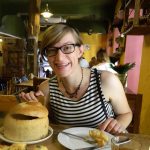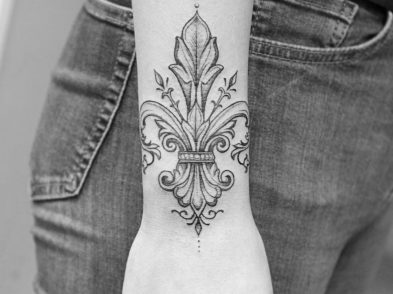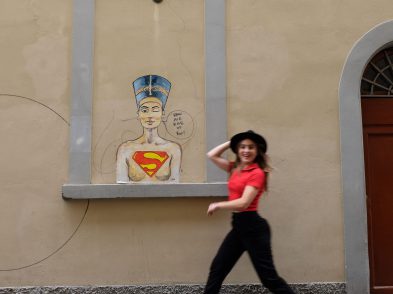The Uffizi Galleries recently introduced two new in-house restorers to their team, adding further skills and experience to the Florentine institution. Assisting with restorations in the Gabinetto dei Disegni e delle Stampe is Maurizio Michelozzi, 46, who specializes in paper and parchment conservation, while Flavia Puoti, 33, was brought on board to work with the museum’s metal, ceramic and glass pieces, as well as objects made from organic materials. Both restorers have spent their careers working on a range of distinguished projects and have amassed professional experiences abroad, notably in the United States, where they collaborated with some of the highest institutions in their respective specializations. The Florentine sat down with Michelozzi and Puoti to talk about their experiences in the US and their new roles here in Florence.
Maurizio Michelozzi
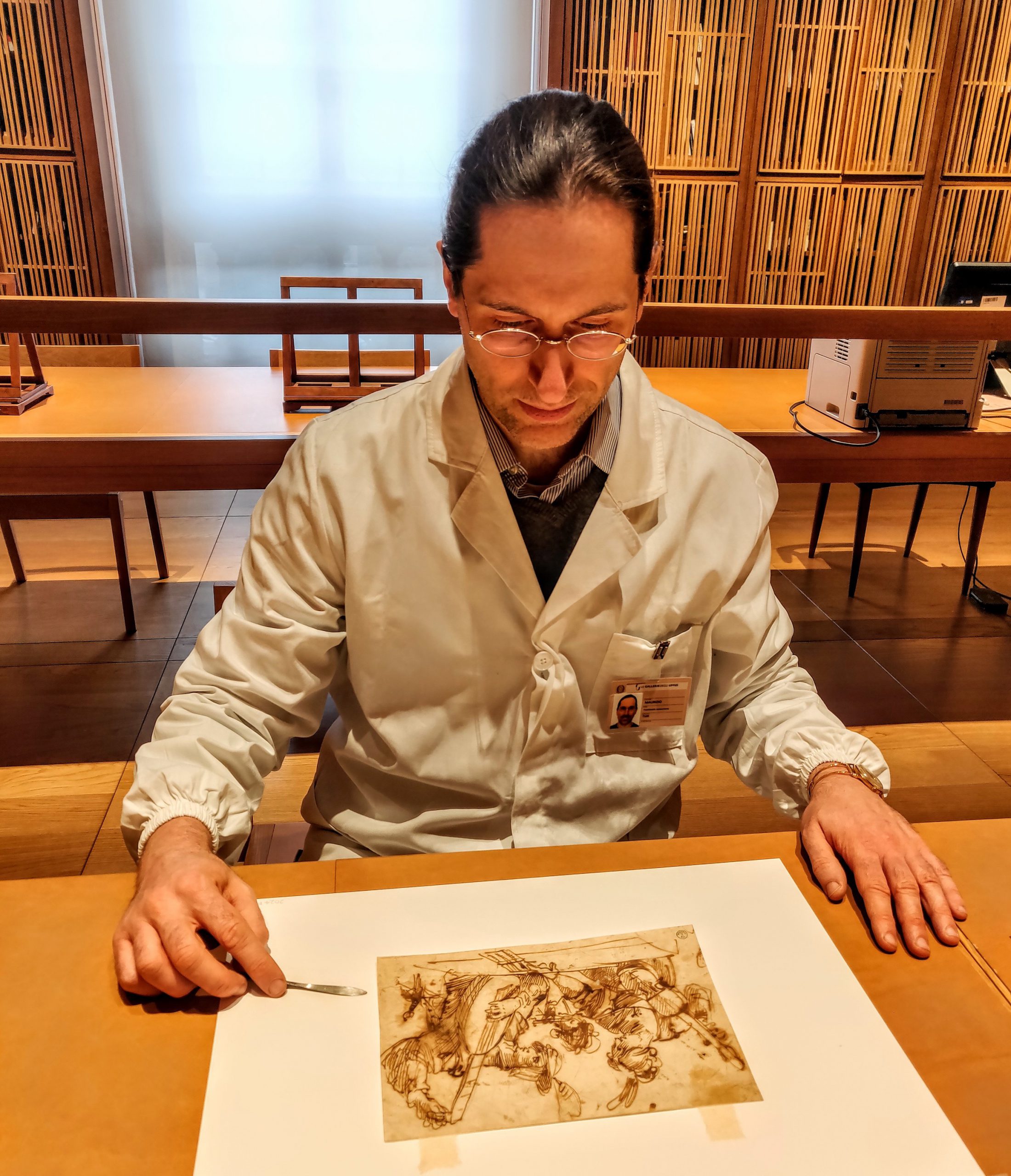
Samantha Vaughn: Can you talk a bit about your background before coming to the Uffizi?
Maurizio Michelozzi: I graduated from the Opificio delle Pietre Dure with a specialization in paper and parchment restoration. I then became a freelancer, collaborating with the Opificio as an external restorer, which offered me a variety of projects to work on. At the same time, I started applying to programs in the United States. I first went to Philadelphia for a Getty Advanced Internship at the non-profit Conservation Center for Art & Historic Artifacts, the largest regional restoration centre in the US, and which was originally specialized in paper conservation. This was an amazing experience because I was able to participate in a lot of projects restoring paper and parchment objects that came from both public and private collections, and I had the chance to conduct research on alternative techniques for mending parchment, using fish skin and isinglass – a sort of thin membrane taken from the swim bladders of sturgeons – to repair tears and gaps.
This was really useful for the following year, when I won a Mellon fellowship to work in the Cleveland Museum of Art, which was a different kind of experience because I was able to see what it’s like operating in a museum. There, I collaborated on the collection, but I also had the opportunity to conduct more research on parchment conservation. Specifically, I worked on a Coptic parchment discovered in Faiyum and I used the technique I learned in Philadelphia. I also began researching dry point, particularly a Dürer print of Saint Jerome by the Pollard Willow, which I later wrote about and published in Print Quarterly. I also published my research about the Coptic parchment in The Paper Conservator. I then returned to Italy and started working as a freelancer again, taking on various projects through collaborations with the Opificio as well as individual assignments. One of my more important projects was the one I began in 2014, restoring the preparatory cartoon of Raphael’s The School of Athens in the Pinacoteca Ambrosiana; it’s the largest Renaissance cartoon preserved today at 24 square metres.
SV: Why did you choose to specialize in paper conservation?
MM: I chose paper because when I applied to the Opificio delle Pietre Dure I was on the fence about whether to pursue painting or paper, but that year they weren’t offering painting. I was fascinated by drawings and I was young, so I thought I would give it a try, and I fell in love.
SV: Are there any differences between the restoration field in the United States and the field here in Italy?
MM: As a young professional, you’re given more opportunities in the United States. When they see that you have a certain level of skill, you tend to be given carte blanche. You really have the possibility to do what you’d like. I had the chance to conduct research and publish my findings about Dürer and the Coptic parchment under my own name, because I wrote them. In Italy, other names would have appeared alongside mine.
Speaking solely in terms of paper conservation, the field in the United States is very avant-garde. It’s not true when they say that the US doesn’t have any paper materials to conserve; in reality, there is quite a lot to work on. The schools of thought are generally the same, but a strength of the American restoration field, something that helps drive progress, is the openness to reciprocal exchange. In both Philadelphia and Cleveland, I was in contact with external institutions for my research and I had the total freedom to do this. I imagine I’ll have a degree of freedom at the Uffizi, especially considering that the director of the museum has experience in the United States and understands this system, but in Italy there tends to be more of a hierarchy that needs to be respected.
SV: Your position at the Uffizi is a permanent one, so what kind of future do you envision for yourself and your role at the museum?
MM: I’ve been assigned to the Gabinetto dei Disegni e delle Stampe, based on my specialization, and my goal is to conserve the collection as best possible. I’m already establishing contacts with museums in the United States and Europe because we want to develop a new restoration workshop here at the museum, one that will be cutting edge and similar to what has been done recently in other workshops and museums. This will allow us to carry out more projects, research and collaboration right here on site. We currently have a workshop, but it’s in a temporary space because in a few months, work will begin on developing the 18th-century rooms. We will soon have to start looking for the right space in the museum to be able to set up our workshop.
SV: And are you currently working on any projects?
MM: Yes. We have a lot of loans, given this is a large and very important collection, so I spend a lot of time working on condition reports for these loans and mounting the objects. For example, when Water as Microscope of Nature closes, I will work with the supervisor on the American side to go over the condition reports, during which I will check all the pages of the Codex Leicester before they return to the US.
Flavia Puoti
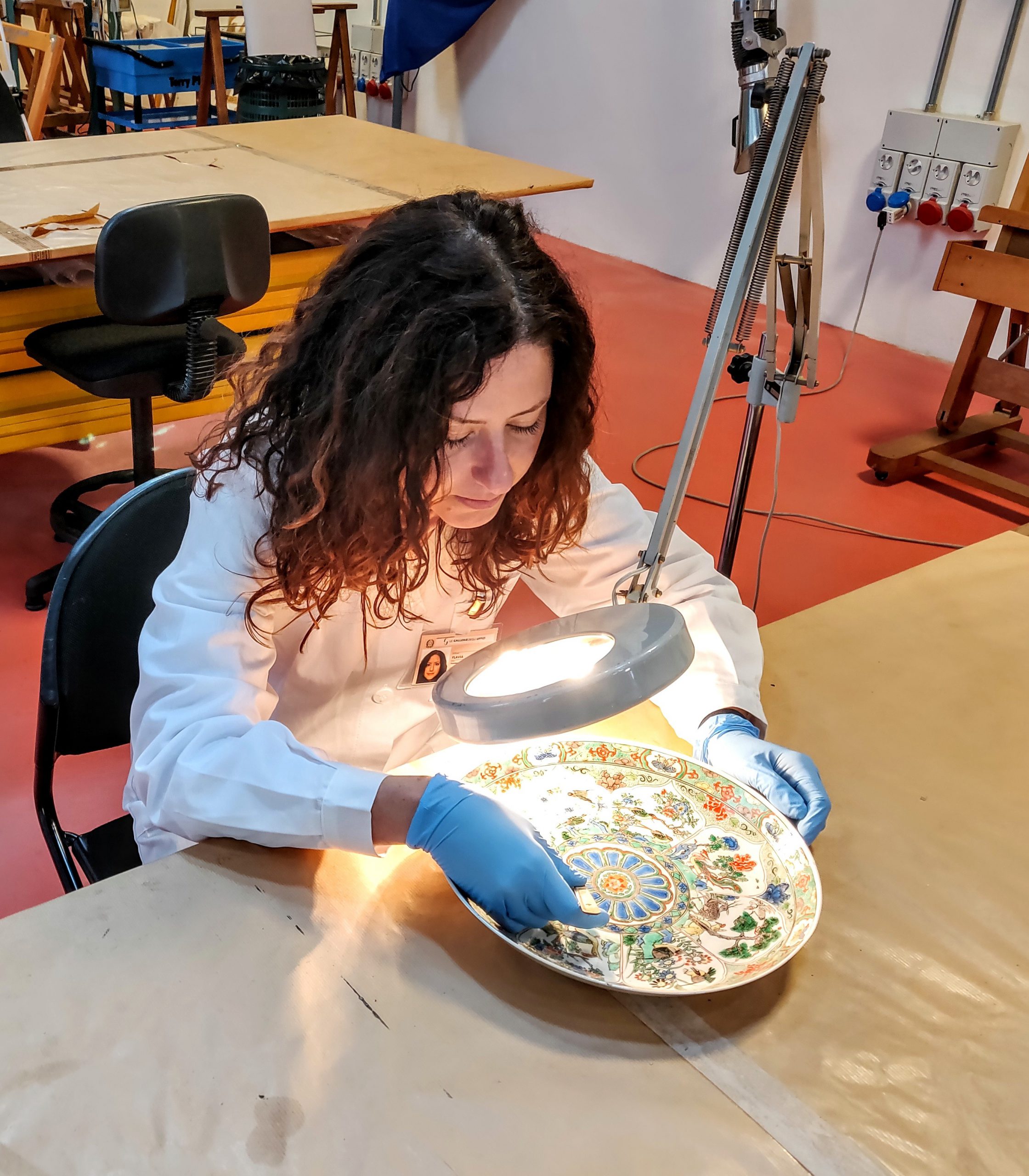
Samantha Vaughn: Can you talk a bit about your background before coming to the Uffizi?
Flavia Puoti:I graduated in 2015 with a degree in object conservation, specializing in metals, ceramics, and organic materials, then I had two internships in France and at the Vatican Museum, working mainly on composite materials, so objects made of materials with clashing conservation needs, like metals with leather, organic matter with metals; it was very fascinating. After that, I went freelance, working with various museums and even New York University’s Institute of Fine Arts in Selinunte, Sicily, where I was the senior conservator. My job at NYU was to recover all the recently excavated objects, preserve them and bring them to the on-site conservation lab. I also worked on ethnographic collections and archeological materials in Rome, including the Etruscan museum there. I then received a “Developing the Discipline” grant by the Honor Frost Foundation because I wrote a project for the in-situ conservation of nine cast-iron cannons underwater off the coast of Marettimo Island, Sicily. I had to go there for two years while I worked to preserve them, developing a system to safeguard the objects through cathodic protection (a method to prevent corrosion, editor’s note).
SV: Why did you choose to specialize in restoring metals, ceramics, glass and organic materials?
FP: I was interested in painting restoration, but this is the most common specialization, so I decided to choose something that fewer people would be involved in. I chose metals, and with that, I had to learn about all those other things, ceramics, glass, organic materials. I also specialize in archeological wood and leather coming from underwater sites, as well as ethnographic leather, ivories and amber.
SV: Why did you go to the United States?
FP: At some point, I felt stuck in my career, because even though there are so many fascinating opportunities here in Italy, it can be difficult to find a good salary and a good chance to advance your career, so I decided it was time for me to change my perspective. The Warren Lasch Conservation Center in South Carolina was looking for an archeological conservator with different specializations, and since I’m both an object and archeological conservator and I specialize in composite materials, I felt like I was perfect for the position. It was a very interesting and compelling experience because our lab had four different conservators from all over the world. Together, we worked on the Civil War-era submarine Hunley, which sank in 1864 and is famous for being the first submarine to successfully sink a ship. It was recovered in 2000 and brought to the facility. It’s such a massive conservation project, and while I was there, we finished removing the interior and exterior concretions – so, nearly 20 years after it was raised. The institute also preserves all the objects found inside the sub, including the crew members’ clothing. I was actually working on a pair of shoes before I got the call about this job at the Uffizi.
SV: Are there any differences between the restoration field in the United States and the field here in Italy?
FP: I didn’t find too many in my experience, but you could say that in the United States, the conservator is also a scientist sometimes, so there’s a lot to do with chemistry and physics; they also use a lot of diagnostic techniques, like X-ray fluorescence (XRF) and Fourier Transform Raman Spectroscopy (FTR). That’s another profession in Italy, and Europe in general, a conservation scientist. For example, I studied chemistry, physics and biology, but I’m not a scientist, so I can’t operate a scanning electron microscope or Fourier Transform Infrared Spectrometer; these are machines you can find in laboratories and research centres. I can do elementary analyses, but I prefer to have a conservation scientist do those things. Fortunately, the Uffizi collaborates with the Opificio delle Pietre Dure, so they can help with that.
SV: Is there something you hope to do during your tenure at the Uffizi?
FP: I love what I’m doing here, so I could continue doing this for a very long time. There’s still so much more to learn. No two objects are alike, and this challenge is probably why I chose to be a conservator! This collection is huge; there are thousands of pieces here, so there’s a lot to discover, a lot to do.

